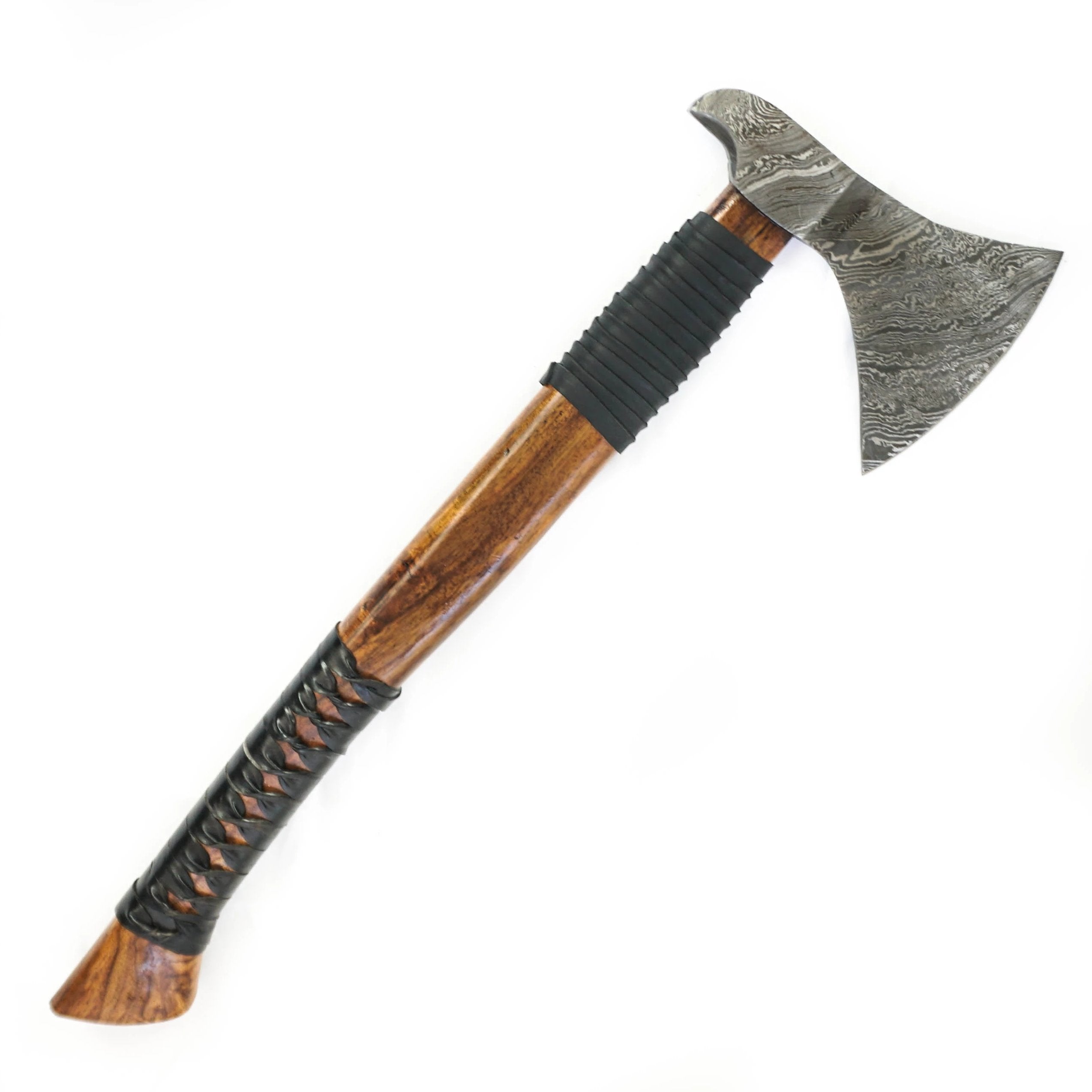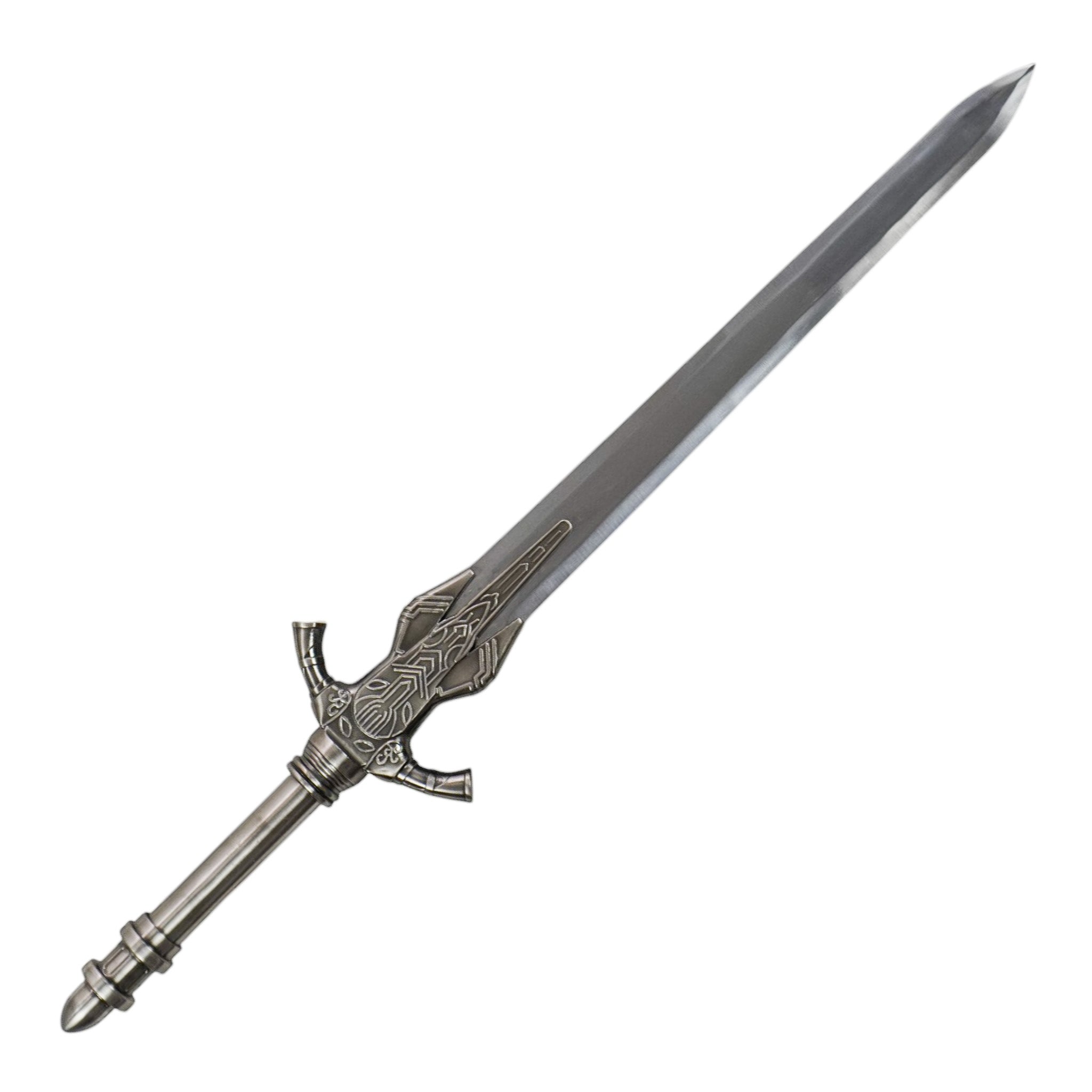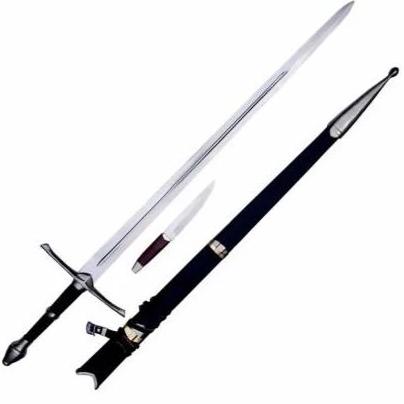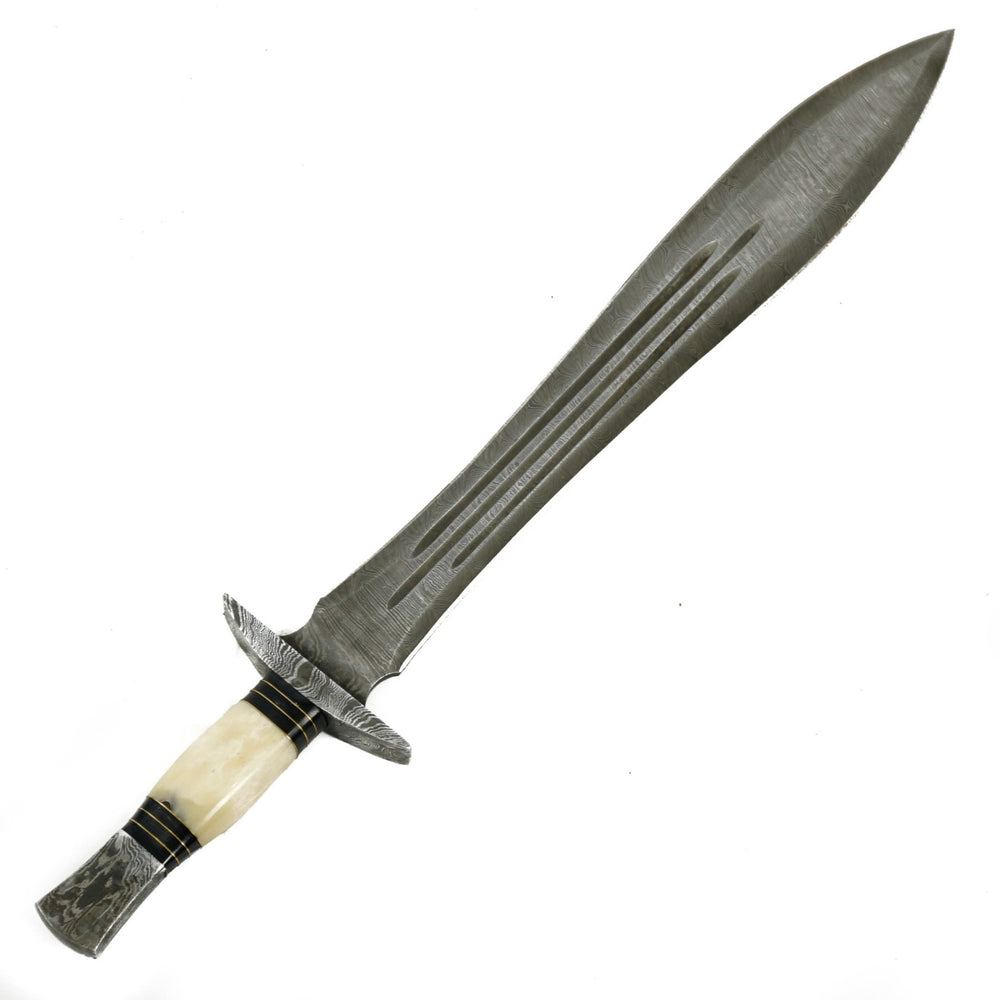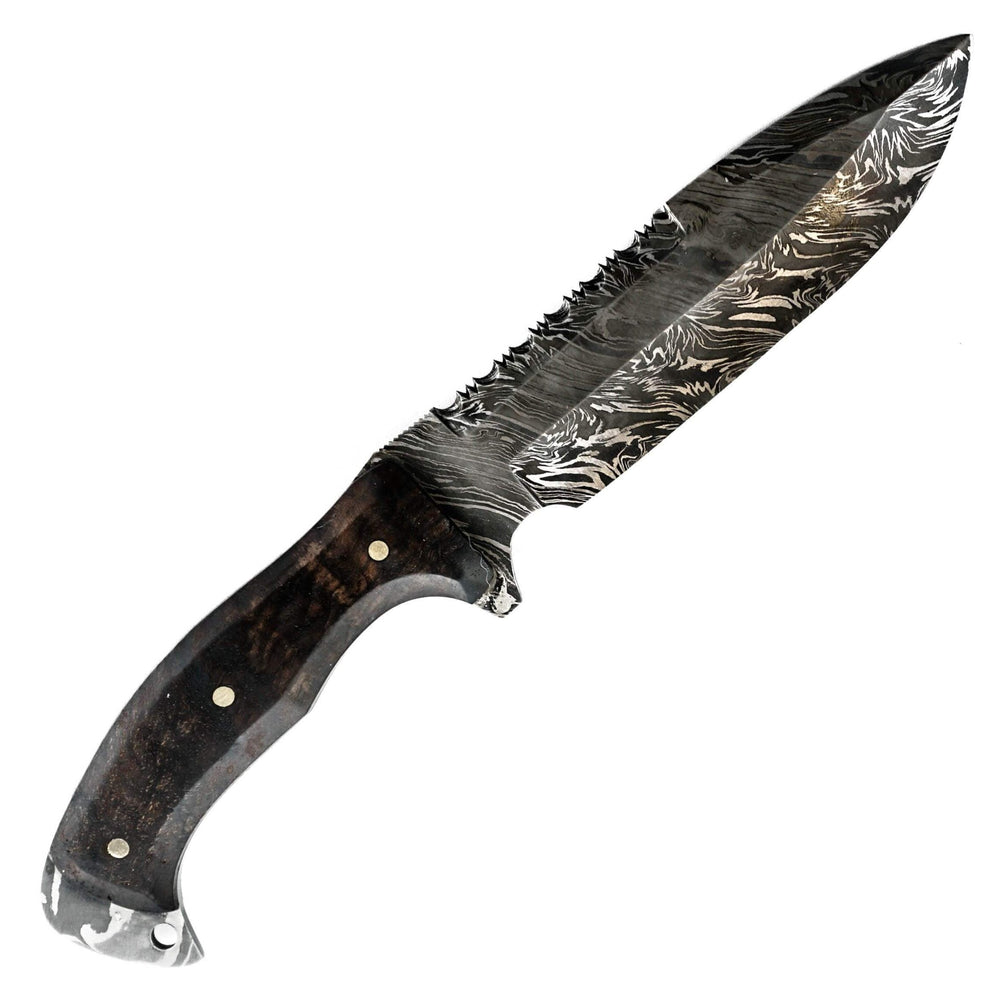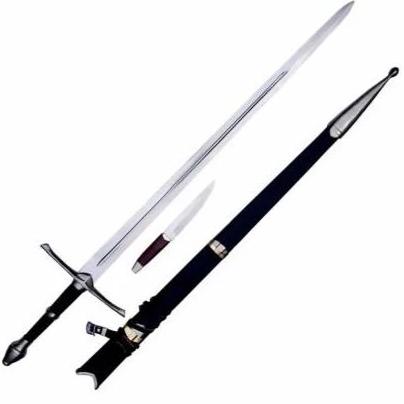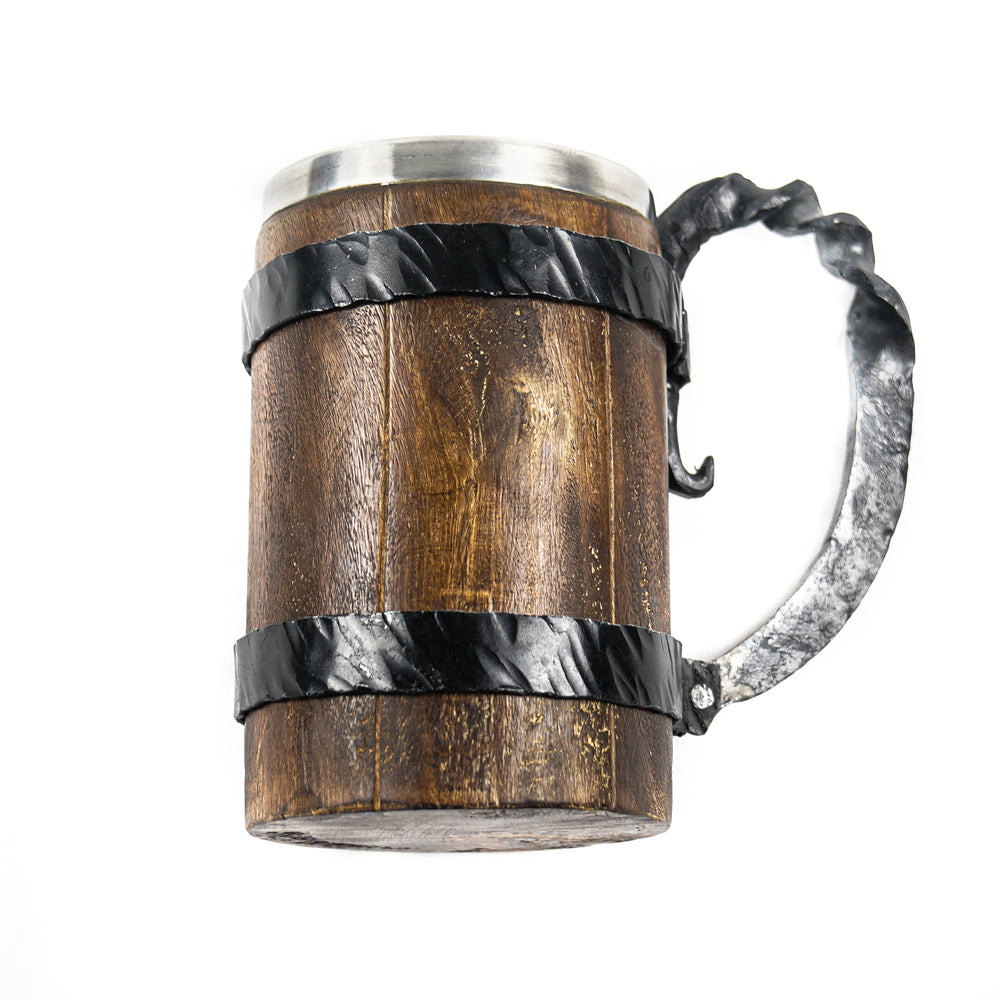Mastering The Craft: Exploring The World Of Culinary Damascus Knives
Let’s step into the captivating world of Damascus knife patterns and indulge in the artistry of culinary craftsmanship.
For centuries, the Damascus knife patterns have captured the hearts of professional chefs and home cooks alike. Today, skilled artisans combine age-old techniques with modern innovations to create Damascus knives that boast unrivaled durability and aesthetic appeal.
Whether chopping vegetables, slicing meat, or carving poultry, these knives are more than just precision tools. They are works of art that marry history, culture, and skill.
Join us as we delve into the rich tapestry and explore what makes these blades so enigmatic and alluring. Uncover intricate Damascus knife patterns showcasing meticulous craftsmanship and timeless charm. Let the allure of Damascus knives enrich your culinary journey, immersing you in the legacy of this ancient art.
You can check out the Battling Blades website for more information and a wide selection of Damascus knives to enhance your culinary experience.
Historical Background Of Damascus Knives
Damascus knife patterns have a long history, dating back thousands of years to the Middle East.
Damascus knife patterns were originally used for crafting weapons and armor, which became a hallmark of exceptional steelwork. This type of steelwork peaked in the Middle Ages in the city of Damascus, which was the epicenter of sword-making.
The swords produced in this city were known for their superb quality and stunning patterns created using specialized forging techniques. Besides, the Damascus blade's distinct pattern combines traditional methods and modern innovation, creating captivating artistry that endures over time.
But, have you ever wondered how does Damascus Steel get its pattern? The answer lies in the forging process, which involves layering and folding different types of steel to create a billet.
This billet is then heated, hammered, and folded again, producing layers of steel. This steel creates the intricate and visually captivating pattern that Damascus Steel is renowned for. The result is a precision-cutting tool that performs well and is a visually stunning piece of art.
Origin Of Damascus Knives
The origin of damascus knife patterns is mysterious, but experts believe they emerged from Middle Eastern sword-making methods. These techniques involved forging Damascus steel, a material renowned for its superior durability and sharpness.
Eventually, master artisans began adapting these forging methods to craft knives, and the practice soon became widespread. Intricate patterns were created and perfected through the meticulous layering and welding of Damascus steel.
These unique Damascus steel patterns provide evidence of the skilled craftsmanship that goes into their creation. Their remarkable sharpness and durability have earned Damascus steel patterns a well-deserved reputation worldwide.
These exquisite knives continue to be highly sought after by chefs and collectors alike. Damascus knife patterns are highly demanded not just for their functionality but also for their undeniable artistic value.
Historical Significance Of Damascus Knives Across Different Cultures
Treasured Family Heirlooms In The Middle East
Damascus knives have a deep-rooted connection to the history and culture of the Middle East. These knives were highly valued and were considered to be family treasures handed down from one generation to the next.
The material from which these knives are made has a rich history that dates back to the 3rd century A.D. The Middle East was renowned for its steel-making technology and artisans.
In fact, the region was known for its exceptional skills in forging and shaping blades. The intricate patterns that decorate Damascus knives were often symbolic of the region's cultural heritage, religion, and mythology.
The Art of Precision In Japan
Japanese culture has been known for its perfectionism and precision, reflected in the art of making Damascus knives.
The Japanese Santoku knife, for example, has become an iconic symbol of Japan’s culinary heritage. These knives are renowned for their precise cutting ability and are crafted with meticulous attention to detail.
The forging process for such knives involves layer upon layer of high-quality steel, which is heated and folded repeatedly. Each fold adds strength and durability, resulting in a razor-sharp blade capable of slicing through almost any ingredient.
The artistry of Japanese artisans is evident in the intricate and exotic patterns that adorn these knives—creating masterpieces that excel in form and function.
Regal Elegance In Europe
Damascus knives have been the objects of desire for European nobility for centuries, reflecting their luxury and prestige. These knives were meticulously crafted with precious metals and gemstones, boasting intricately etched Damascus steel patterns.
Serving as functional tools and personal emblems for wealthy families, the unique designs of each knife held rich history. The Damascus pattern thus became a symbol of the royal style, combining beauty and utility in a singular object.
Anatomy And Structure Of Damascus Knives
Damascus knives have a rich history that is steeped in tradition and skill. Fusing ancient techniques with contemporary manufacturing processes has created a world of culinary craftsmanship.
Let’s explore the intricate anatomy and structure of Damascus knives and their components. We will uncover the components, the manufacturing process, and the significance of layering in creating elaborate patterns.
Components Of Damascus Knives
The components of Damascus knives are more than just metal and wood. Each knife is a unique blend of tradition, history, and skill, creating a tool that elevates the culinary experience.
- Blade: The blade being the most crucial component, is made up of two types of steel that are fused. High carbon steel is the primary metal to create the blade, while softer steel makes up the core. This blend of metals gives Damascus knives distinct sharpness, durability, and beauty.
- Handle: The knife handle is a significant component, made up of different materials. Wood, bone, and resin are the most common substances to create the knife handle. It is not only an aesthetic element but also important in terms of comfort and grip.
- Bolster: Damascus knives feature a bolster, a thick metal piece between the blade and the handle. This bolster contributes weight, balance, and safety to the knife. It also ensures the hand remains secure and doesn't slip onto the blade during usage.
The Manufacturing Process Of Damascus knives
The intricate manufacturing process of Damascus knives involves several stages of meticulous craftsmanship.
Stage 1: Forge Welding And Layering
The first stage in the blade's creation involves a process called forge welding. The layering process is essential to creating the intricate steel patterns found on Damascus knives.
This method involves hammering layers of distinct metals together, resulting in a distinct contrast between light and dark metals. The beauty and distinction of Damascus knives are a direct result of this precise layering process.
Beyond aesthetics, the layering technique also adds significant strength and durability to the blade. Distributing the impact force makes the blade more resistant to chipping or breaking.
The layering of metals is pivotal for crafting visually captivating steel patterns while bolstering Damascus knives' functionality. This technique serves a dual purpose, contributing to both aesthetics and practicality.
All in all, this process ensures the blade's structural integrity and gives rise to mesmerizing and different Damascus patterns.
Stage 2: Tempering
Once the blade is meticulously shaped, it undergoes tempering, a crucial process that enhances its durability and strength. This is achieved by subjecting the blade to specific heating and cooling cycles.
Stage 3: Sharpening And Polishing
Following proper tempering, the blade is expertly sharpened and meticulously polished. The knives are finely honed to attain a razor-sharp edge, essential for their cutting prowess.
Stage 4: Handle Crafting
The handle crafting process is equally vital to the overall construction. Skilled artisans meticulously carve and shape the chosen handle material to fit the blade's tang seamlessly.
The tang, an extension of the blade concealed within the handle, is inserted precisely. Its position is then secured using glue or pins, achieving a harmonious balance between functionality and aesthetics in the end product.

Different Types Of Damascus Knives
Damascus knives come in different types, each with its unique design and pattern.
- Chef’s Knife: A versatile knife mainly used for slicing, chopping, and dicing vegetables, meat, and fish. It has a broad blade, and its tip curves slightly, allowing the knife to roll back and forth.
- Paring Knife: A small knife with a thin blade is used for peeling fruits and vegetables. It is also suitable for intricate tasks such as carving and trimming.
- Santoku Knife: A multi-purpose knife, commonly used in Japanese cuisine, is used for slicing, dicing, and chopping vegetables, fish, and meat. It has a shorter blade and a straight edge, making it ideal for precise cuts.
- Bread Knife: A serrated edge knife slices bread, cake, and other baked goods. Its blade is usually long and narrow, making it easier to cut through crusty bread.
Types Of Damascus Steel Patterns
Damascus pattern types are a popular motif in the world of metalworking. They are known for their exquisite designs and intricate patterns created through forging.
Damascus patterns list has existed for centuries and are still highly sought after for their beauty and durability. There are also a wide variety of Damascus styles available to choose from. The most common types include:
- Twist: As the name suggests, these twist Damascus patterns involve twisting two or more different types of metals together. The result is a unique spiral design that resembles a series of waves.
- Basketweave: This pattern is created by alternating two types of metals in a basketweave pattern. The resulting design is reminiscent of a woven basket.
- Raindrop: The raindrop Damascus pattern is characterized by small circular lines that resemble raindrops. These lines are interspersed with straight lines to create a unique and striking pattern.
- Wavy: The wavy pattern is created by manipulating the metal during the forging process to create waves and curves. The result is a beautiful and fluid pattern that is elegant and refined.
- Ladder: The ladder Damascus knife patterns are created by aligning thin metal layers vertically. The result is a series of thin lines that resemble the rungs of a ladder.

Maintenance And Care Of Damascus Knives
Proper maintenance of a Damascus knife is essential to ensure its longevity and performance. One should always clean and dry the blade immediately after use to prevent stains and rusting.
In addition, it is important to store the knives in a dry and safe place, keeping them away from moisture. Bypass using abrasive cleaners and sponges when cleaning the knives, as these can scratch and damage the blade's surface.
Proper Sharpening Techniques
Sharpening a Damascus knife requires skill and care. Use a sharpening stone or honing rod to sharpen the knife, ensuring the edge is maintained at the correct angle.
Besides, it is essential to sharpen the knife regularly, as the blade can become dull with continued use, affecting its performance. However, one should also avoid sharpening the blade too frequently, as this can damage the metal and reduce its lifespan.
Protecting The Blade From Corrosion And Damages
To protect a Damascus knife from corrosion and damage, store the blade in a dry place. Additionally, one should avoid exposing the knife to extreme temperatures, which can affect its performance and cause damage.
In addition, you can use a knife sheath or blade cover to protect the blade from scratches and other damages. Lastly, one should always handle the knife carefully, avoiding dropping it or using it for inappropriate tasks.
The Significance Of Damascus Knives In Modern Culinary Art
For many professional chefs and culinary enthusiasts, Damascus knives are considered the pinnacle of excellence and quality in cutlery. These knives are renowned for their exceptional sharpness and durability, owing to the exceptional craftsmanship put into their creation.
"Damascus" refers to a type of steel famed for strength and durability. It was originally used in ancient times for weapons and armor, thanks to its ability to withstand physical and elemental damage.
In modern times, this steel is used to create high-quality knives, combining its exceptional strength with the precision of craftsmanship. Today, Damascus knives are synonymous with exceptional quality, precision, and style.
Professional chefs rely on these knives as their preferred choice, ensuring optimal kitchen performance. These knives serve as the go-to option for culinary experts seeking both functionality and visual allure. Battling Blades, the renowned company for producing high-quality cutlery, has once again revolutionized the culinary world by creating their exceptional Damascus knives.

Appreciation For This Age-Old Craftsmanship
In recent times, the popularity of a Damascus pattern knife has soared due to a renewed appreciation for artisanal skills. Many individuals now lean towards kitchens adorned with items that seamlessly blend practicality and visual allure.
This revival of an ancient craft has sparked the birth of countless modern Damascus knives. These knives are crafted using the age-old technique of layering and folding steel.
Artisans have incorporated ergonomic handles, non-stick coatings, and additional features to enhance practicality and user-friendliness. These improvements elevate the knives' usability and functionality.
With Battling Blades Damascus knives as their preferred choice, chefs are able to focus on their creations, knowing that the highest quality of cutlery is in their hands.
Battling Blades Damascus Pattern Types: The Perfect Companion
When hunting, having the right tools can make all the difference. One of the most important tools in any hunter's arsenal is a quality knife. If you're looking for a blade that can stand up to the toughest conditions, look no further than the Damascus steel pattern types.
Crafted from high-carbon steel, these knives are designed to withstand extreme wear and tear, ensuring that you have a reliable companion on even the most challenging hunts.
With different styles like the Bowie knife or the Jungle Hunting knife, you can choose the right tool for your specific needs. Plus, with our selection of Damascus steel-bladed skinning knives, you can make the most of your catch with minimal effort.
Don't let a dull or unreliable knife slow you down on your next hunting trip – browse our selection of Damascus pattern knives today and experience the difference for yourself.
Conclusion
The world of culinary art finds itself enriched by the mesmerizing Damascus knife patterns. With a history steeped in tradition and culture, these knives are true works of sculpted precision.
They are well crafted by skilled artisans who blend heritage with modern mastery. The Damascus patterns, akin to the delicate strokes of a painter's brush, testify to the dedication of these craftsmen.
The fusion of time-honored techniques has given rise to a new era of knives that balance form and function seamlessly. Coveted by chefs and collectors alike, these blades dazzle with their timeless aesthetics and culinary realm.
The elegant Twist, teardrop-shaped Raindrop, geometric Herringbone, intricate Rose, and others offer a glimpse of the artistic possibilities. All in all, Damascus patterns continue to weave their legacy as cherished culinary assets to grace kitchens and collections for years.

